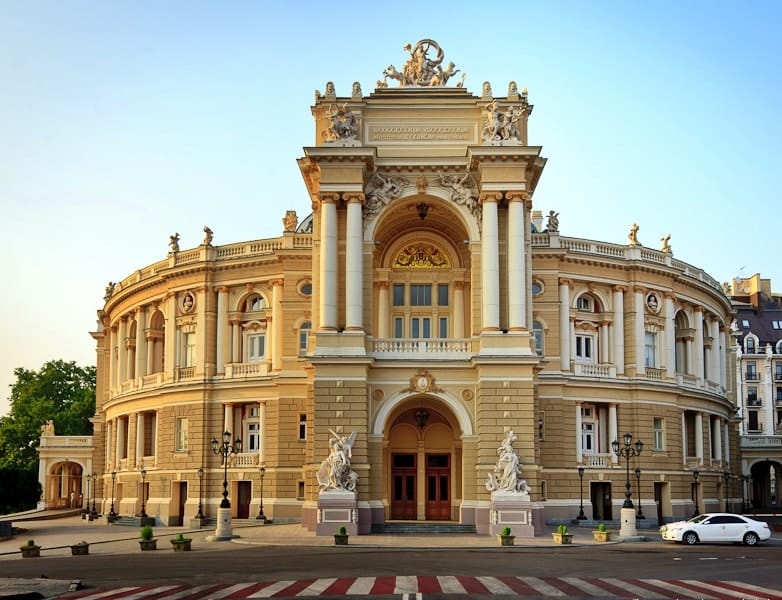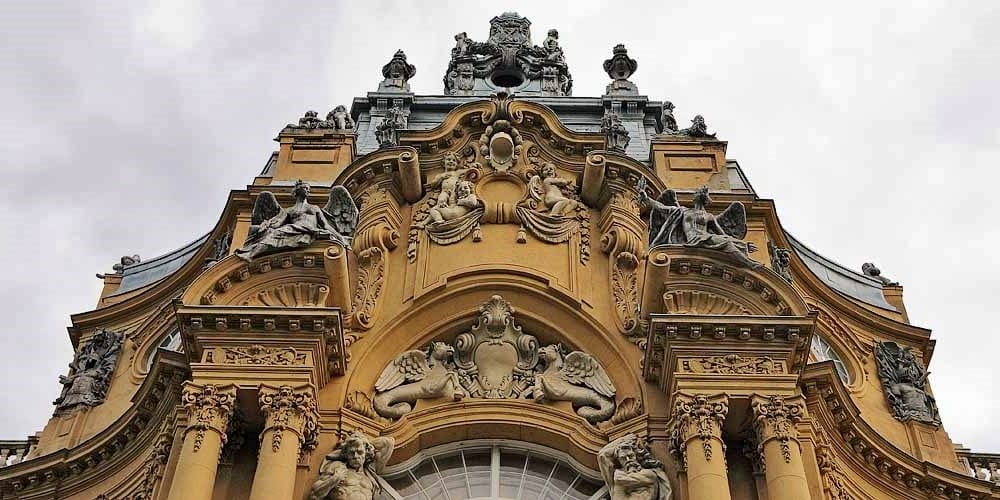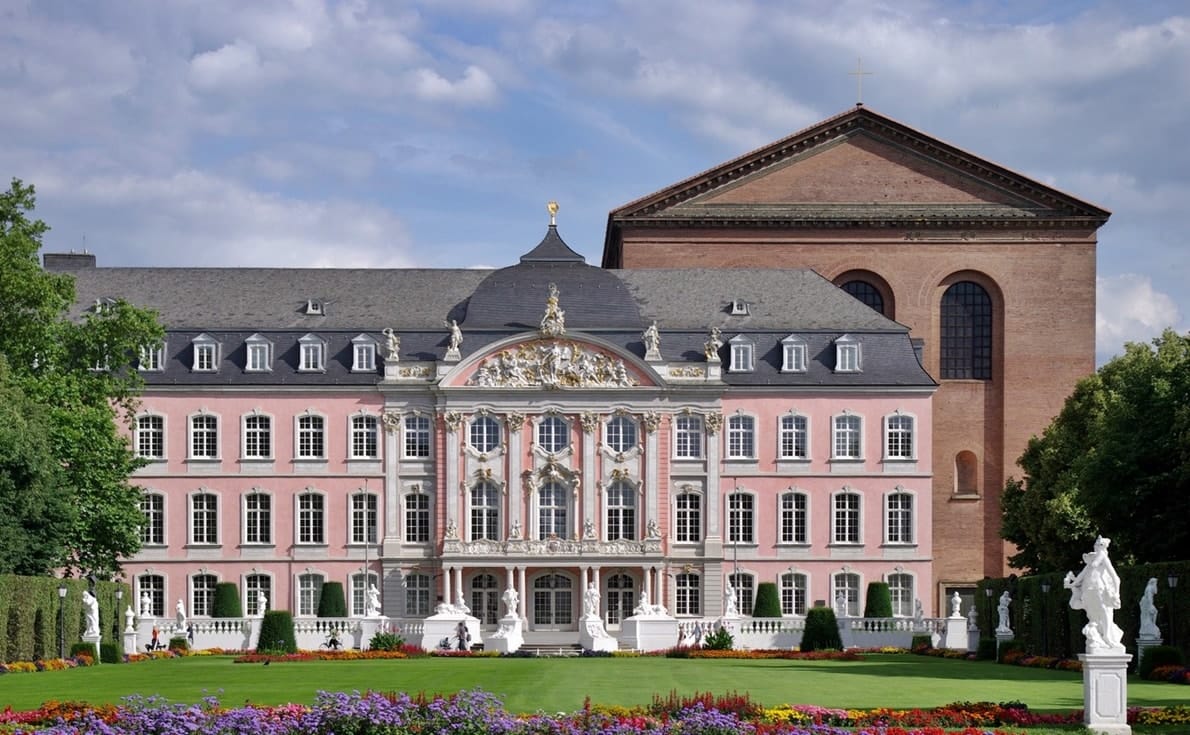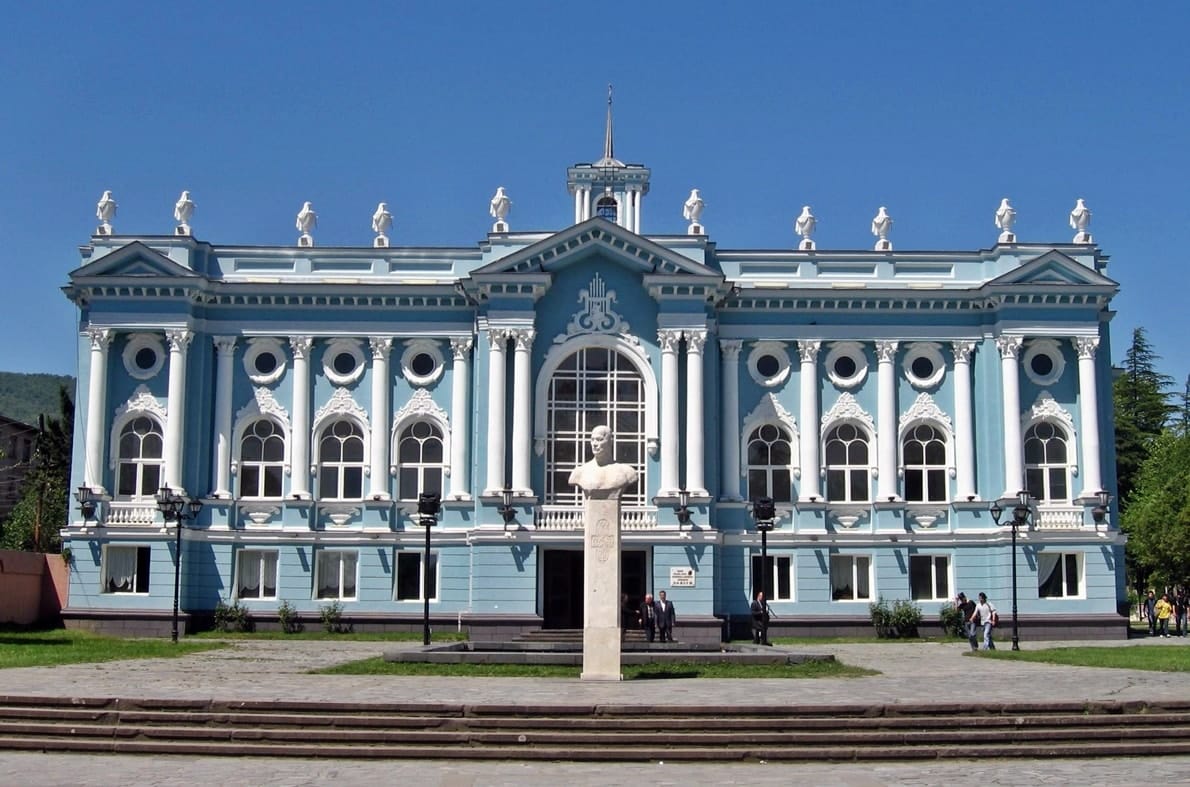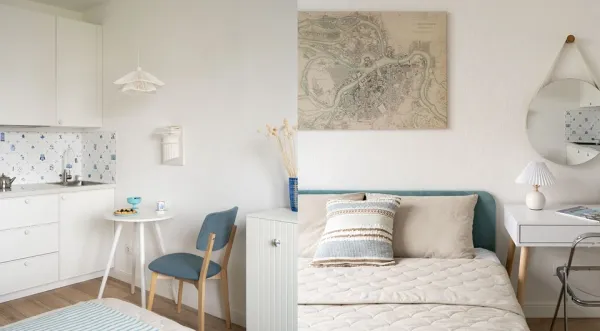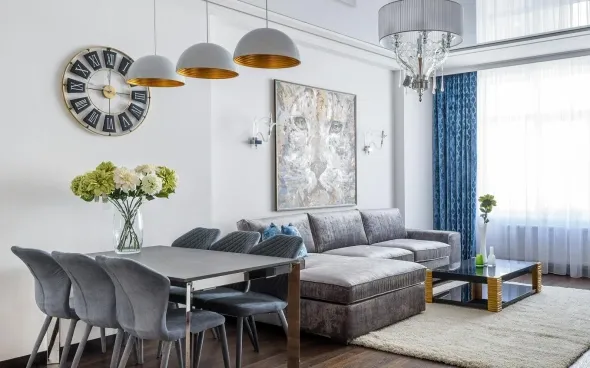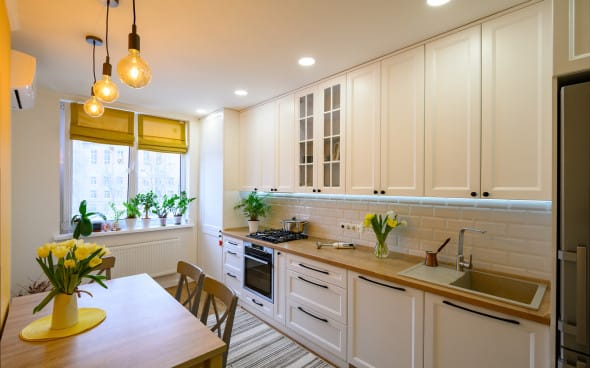Baroque Architecture Style: History, Features, Materials, and Design Elements
Baroque architecture dazzles with its grandeur, theatrical forms, and emotional power. In this guide, we explore its history, unique elements, materials, and how it shaped Europe's greatest landmarks.
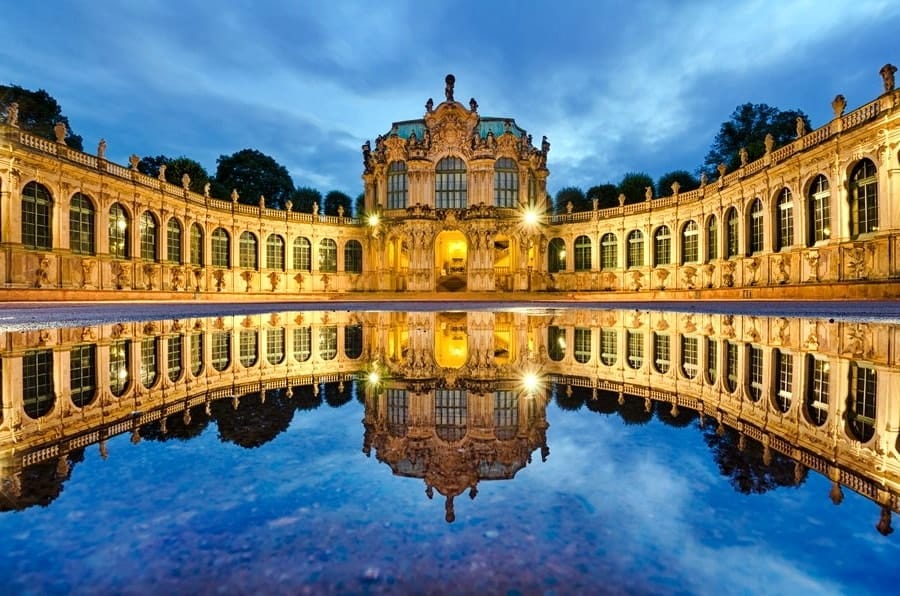
The Baroque style in architecture is nothing short or theatrical. It is bold, excessive, emotionally charged - yet masterfully balanced. Emerging as a powerful response to the fading dominance of the Catholic Church, Baroque architecture aimed to overwhelm, inspire awe, and reestablish spiritual authority. Today, it continues to enchant us with its curves, grandeur, and sculptural elegance.
Origins and History of Baroque Architecture
Baroque architecture began in late 16th-century Italy during a time of religious upheaval. The Catholic Church, having lost much of its societal dominance, turned to art and architecture to regain influence. The style was born from Renaissance ideals but took them to emotional and visual extremes.
Michelangelo is often credited as a pioneer of early Baroque expression. Within decades, Baroque architecture spread across Europe, adapting to local cultures:
- In Spain, rich facades and interior decor were emphasized.
- In France, classical exteriors merged with lavish Baroque interiors.
- In England, it became a supplement to classicism.
- In Central Europe, it was closely linked to church architecture and imperial power.
Baroque architecture remained dominant until the mid-18th century, when Rococo and Neoclassicism began to take over.
